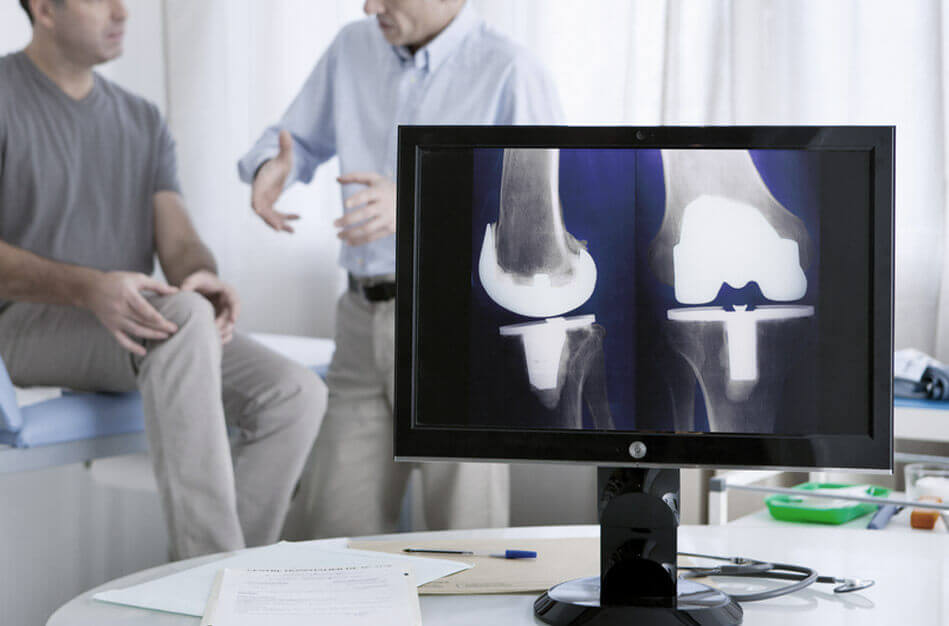
The cloud can make a significant contribution in protecting patients by helping hospitals share medical implant data, says healthcare database expert
More registries that log data on medical device implants and enable their performance to be monitored, analysed and shared with healthcare professionals via the cloud, make a major contribution to ensuring patient safety and are needed to ensure there is no repeat of health scandals such as the one concerning pelvic mesh.
Northgate Public Services (NPS), which delivers the IT platform for the National Joint Registry (NJR) for joint replacement surgery and the National Vascular Registry (NVR) in the UK, uses Microsoft’s Azure cloud platform to share data securely about procedures, with clinicians and hospitals. Richard Armstrong, Head of Health Registries at NPS, said patients would be safer if more healthcare organisations did the same.
It comes after an inquiry led by Baroness Julia Cumberlege found that tens of thousands of women and children had been affected by failings in the administration of epilepsy drug sodium valproate, pelvic mesh and the hormone pregnancy test Primodus.
Citing the findings on pelvic mesh, which left many patients with chronic pain, Armstrong said: “In this particular case there was no associated registry. No one had any data on who had been given the implants or when they had the procedure. It is important for patient safety and healthcare standards that the medical sector is able to track implants, the outcomes for patients and identify patients, if any of those implants fail. Microsoft Azure enables the technology to ensure our registries do that in a reliable and secure way. Selected expert professionals in the sector, who have the necessary clearance, will be given permission under strict governance guidelines to access anonymised data and reports so that they can use the same information to improve the care that is given to patients.”
The NJR, which was cited by the Cumberlege Inquiry as a global exemplar of an effective device registry, logs procedures relating to the replacement of hips, knees, ankles, elbows and shoulders. NPS also delivers EUROSPINE’s Spine Tango Registry, which records spinal treatments across Europe; the National Neuromodulation Registry, which logs pain management implants; and the Indian Joint Registry.
Microsoft runs regional datacentres across the world, which means that the information held in registries can be stored within the countries it was collected in and viewed by healthcare professionals as easy-to-read charts and graphs using Power BI, which helps them see trends in procedures and implants. Clinicians can see the data related to their patients, but it is aggregated and anonymised if shared externally.
“It’s about Big Data,” added Armstrong. “It’s about how you give that data back to the clinicians to make informed decisions about what they’re doing. They can answer questions such as ‘is my practice working’, ‘what are my patient outcomes’ and’ how does this data compare with national and international data sets?’ We are seeing a common theme across countries that doctors want to see this type of data in a standardised way, so that it is comparable. They can then make decisions quicker and earlier. That’s where Power BI comes into its own.”
Armstrong said the registries NPS support see a spike in calls from patients who have had devices implanted whenever a recall is issued by a manufacturer or a news article on faulty implants is published. In these cases, the registry is crucial in understanding who is affected by medical device alerts.
Elaine Young, Director of Operations at the National Joint Registry, said: “The secure storage, analysis and confidential reporting of patient level data is at the heart of our operation. Patients can be assured that their data is safeguarded under strict governance guidelines, but importantly that we use their data appropriately to monitor the safety of implants, surgeons and hospitals for the early identification of any issues.”
Read more:
Healthcare’s ready for the cloud: 5 steps for a successful migration


